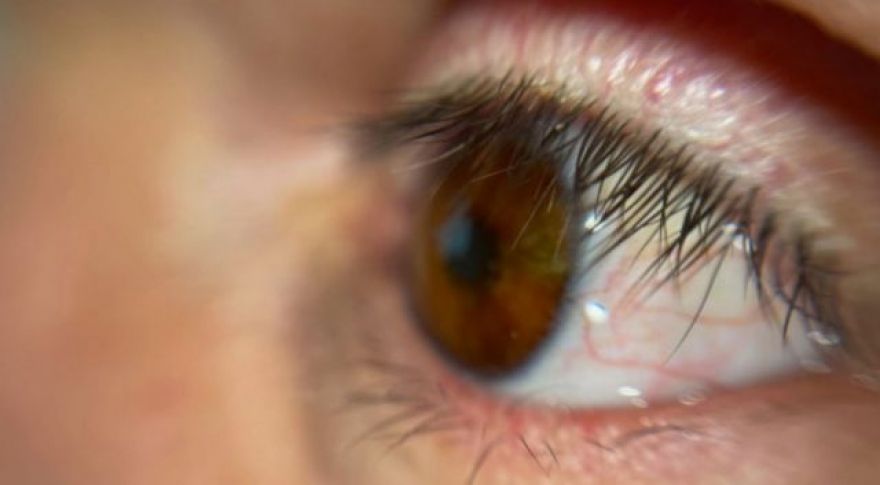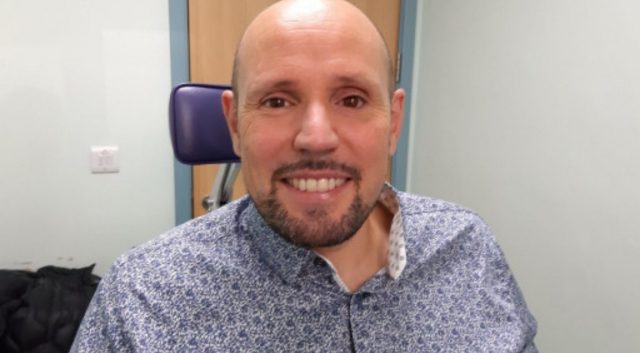
Patient Receives First 3D Printed Prosthetic Eye
To print the eye, Fraunhofer a process that would cover every step of the patient experience, from taking a patient’s measurements and matching the design to the healthy eye all the way to printing the actual prosthetic. While a traditionally-produced prosthetic eye can take months to reach its recipient, a prosthetic made using Fraunhofer’s technology can be completed in half the time.
“The closer you get to the real thing makes me feel more and more confident,” Verze to On Demand News. “If I can’t spot the difference, I know other people can’t spot the difference.”
The method by which the eye is fitted is unconventional, too. Rather than make a wax and alginate mold of the patient’s empty eye socket—an uncomfortable and invasive route that only sometimes involves the patient undergoing anesthesia—Fraunhofer Technology elected to work with Occupeye Ltd, a British sensor company that modified an ophthalmic scanner for the project. The scanner enables Fraunhofer to measure a patient’s eye socket within 2.4 seconds.

Patient Steve Verze after receiving the prosthetic eye. (Photo: Moorfields Eye Hospital NHS Foundation Trust)
After obtaining the measurements of the empty eye socket, Fraunhofer captures a color-calibrated image of the patient’s healthy eye and combines the data in a system called “Cuttlefish:Eye,” which produces a 3D print model for the prosthetic. Fraunhofer then prints the model using a multicolor, multimaterial 3D printer.
The technology lends new hope to those who have experienced the loss of an eye, whether from a serious disease like eye cancer or following a traumatic injury. “Having major surgery to remove an eye, for example, is psychologically very challenging. So being able to give a realistic-looking prosthetic eye to the patient as quickly as possible . . . is a big advantage,” said Mandeep Sagoo, ophthalmic surgeon at Moorfields Eye Hospital. In Fraunhofer’s press release, Sagoo added, “[The technology] clearly has the potential to reduce waiting lists.”
Fraunhofer’s technology represents the first development in prosthetic eye manufacturing for several decades. Such developments haven’t been made for decades; now, an eye can be 3D printed right alongside other healthcare elements, like and .
Now Read: